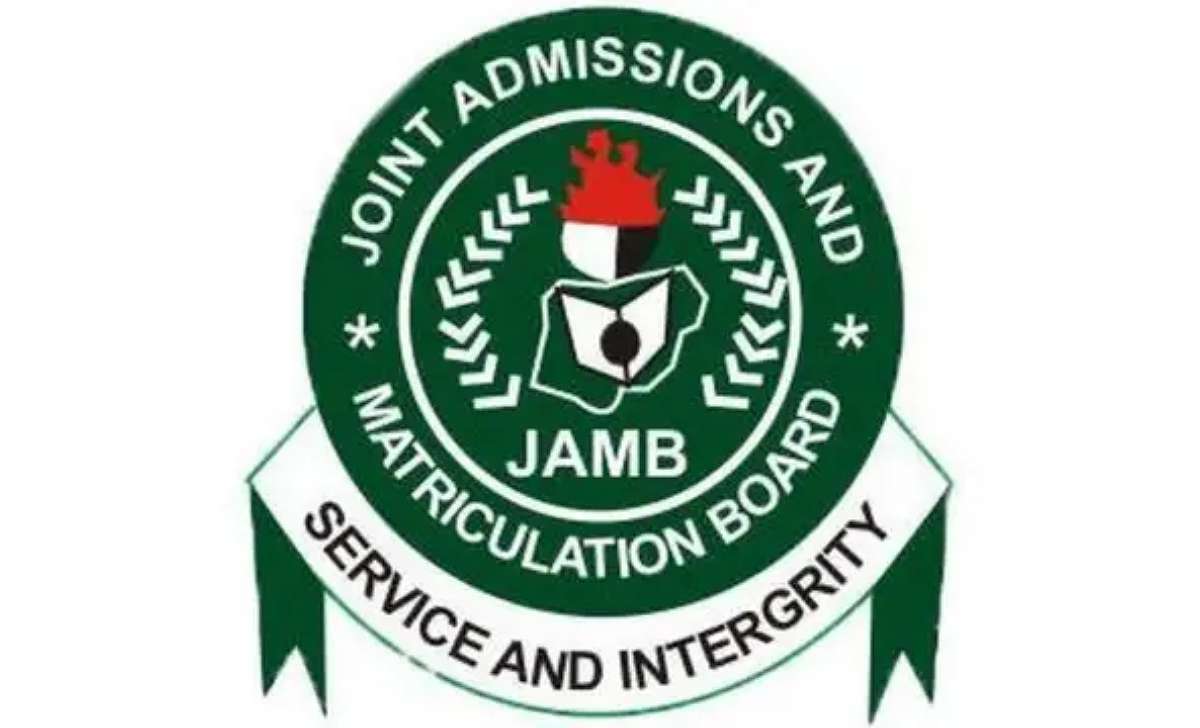This article provides everything you need to know, including the official syllabus, study tips, recommended textbooks.
What Is the JAMB Hausa Syllabus?
The JAMB Hausa syllabus is a detailed outline of topics, subtopics, and objectives that candidates must study to prepare for the Hausa language examination.
It serves as a guide to help students focus their studies on key areas that will be tested.
JAMB Hausa Syllabus 2025/2026 Overview
The syllabus is divided into three main sections:
1. Harshe (Language)
This section evaluates candidates’ understanding of the Hausa language structure, including:
- Orthography: Alphabet, spelling rules, punctuation, and paragraphing.
- Phonology: Sounds, tone patterns, syllables, and vowel harmony.
- Morphology: Word formation, affixation, gender, and number inflections.
- Syntax: Sentence structure, grammar, and word classes.
- Semantics: Lexical meaning, synonyms, antonyms, and figures of speech.
2. Al’adu (Culture)
This part covers cultural aspects, such as:
- Social institutions (e.g., family and marriage customs).
- Traditional occupations (e.g., farming and trading).
- Material culture (e.g., clothing and artifacts).
- Festivities and beliefs (e.g., traditional ceremonies).
- Traditional medicine and authority systems.
3. Adabi (Literature)
This segment focuses on oral and written Hausa literature, including:
- Folk sayings and proverbs.
- Oral songs and traditional drama.
- Narratives, poetry, and modern Hausa novels.
JAMB Syllabus for Hausa 2025/2026
| 1. Harshe (Language)
(a) Ƙa’idojin Rubutu (Orthography); (b) Auna Fahimta (Comprehension); (c) Tsarin Rubutun Insha’i (Composition Techniques); (d) Fassara (Translation) (e) Tsarin Sauti (Phonology) (f) Ƙirar Kalma (Morphology) (g) Ginin Jumla (Syntax): (h) Ma’ana (Semantics) |
Candidates should be able;
i. read written Hausa texts; i. acquire the knowledge and techniques of composition writing in Hausa; i. translate proverbial and idiomatic expressions and new words from English to Hausa; i. analyse the process of sound production and combination of sounds to form meaningful words in Hausa; i. explain the roots and stems of Hausa words; i. analyses the processes governing word i. analyses the mechanisms of generating meanings in Hausa; |
Study Tips for the JAMB Hausa Exam
- Download the Syllabus Early: Ensure you have the latest syllabus to guide your studies.
- Use Recommended Textbooks: Invest in books like Introduction to Hausa Grammar by M.K.M. Galadanci.
- Practice Past Questions: Familiarize yourself with the format of past JAMB exams.
- Create a Study Schedule: Allocate time to cover each section of the syllabus thoroughly.
- Join Study Groups: Collaborate with peers to enhance your understanding.
Recommended Textbooks for JAMB Hausa
Here are some must-have textbooks for effective preparation:
- Introduction to Hausa Grammar by M.K.M. Galadanci
- Rayayyen Nahawun Hausa by M.H. Junju
- Fassarar Hausa by Y.M. Muhammad
- Tsarin Sauti Da Nahawun Hausa by M.A.Z. Sani
JAMB Syllabus for All Subjects
- * JAMB Syllabus for Agricultural Science 2025/2026
- * JAMB Syllabus for Arabic 2025/2026
- * JAMB Syllabus for Art 2025/2026
- * JAMB Syllabus for Biology 2025/2026
- * JAMB Syllabus for Chemistry 2025/2026
- * JAMB Syllabus for Christian Religious Studies 2025/2026
- * JAMB Syllabus for Commerce 2025/2026
- * JAMB Syllabus for Computer Studies 2025/2026
- * JAMB Syllabus for Economics 2025/2026
- * JAMB Syllabus for French 2025/2026
- * JAMB Syllabus for Geography 2025/2026
- * JAMB Syllabus for Government 2025/2026
- * JAMB Syllabus for Hausa 2025/2026
- * JAMB Syllabus for History 2025/2026
- * JAMB Syllabus for Home Economics 2025/2026
- * JAMB Syllabus for Igbo 2025/2026
- * JAMB Syllabus for Islamic Studies 2025/2026
- * JAMB Syllabus for Literature in English 2025/2026
- * JAMB Syllabus for Mathematics 2025/2026
- * JAMB Syllabus for Music 2025/2026
- * JAMB Syllabus for Physical and Health Education 2025/2026
- * JAMB Syllabus for Physics 2025/2026
- * JAMB Syllabus for Principles of Accounting 2025/2026
- * JAMB Syllabus for Use of English 2025/2026
- * JAMB Syllabus for Yoruba 2025/2026
- * JAMB UTME Syllabus for all Subjects 2025


